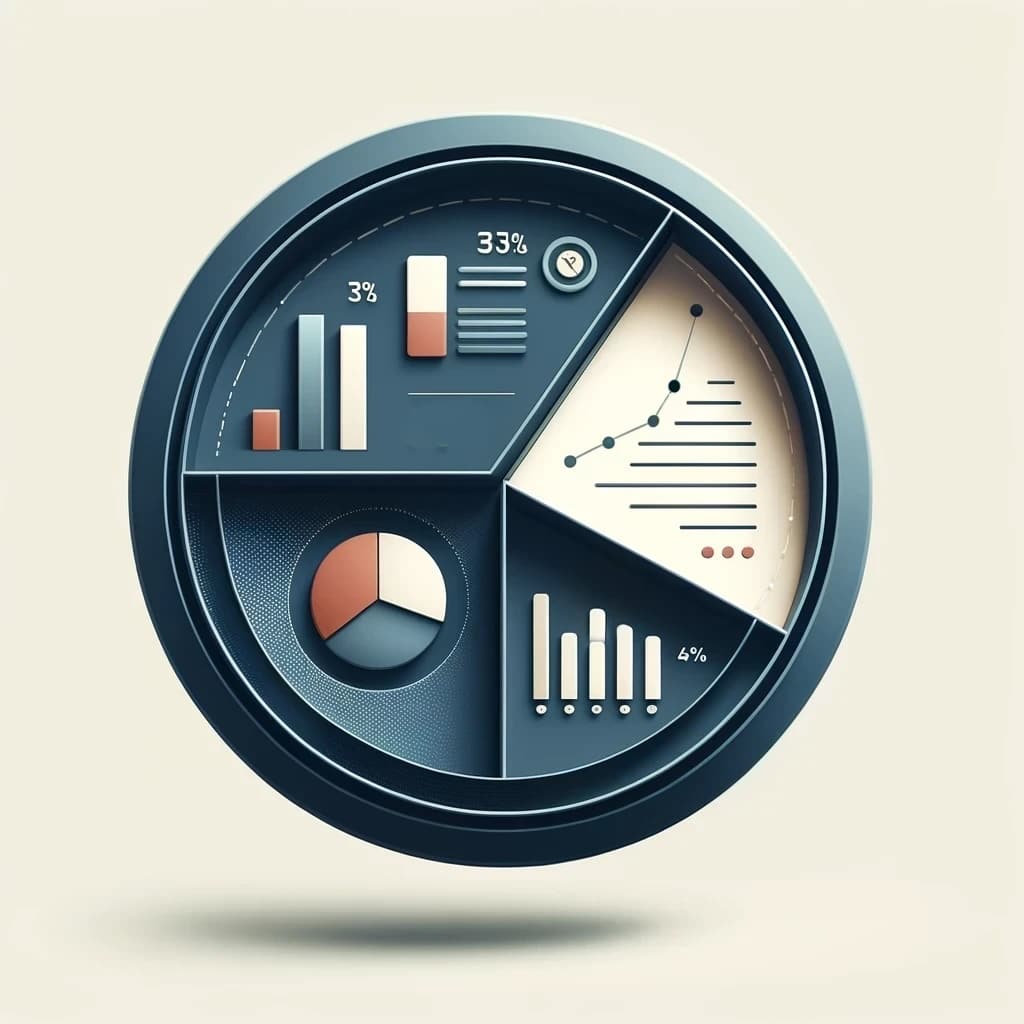KPIs for Retail Leaders
These days we have great tools for micromanagement, but what is often missing in business is macromanagement or growth management. Depending on what you’re measuring, KPIs can help you see where your business is at in terms of inventory movement, sales, growth, and even customer satisfaction. Retailers have an upper hand in leveraging KPIs to assist supply chain management.
Using KPIs to See Around the Corner
As a retail leader, you follow which products are flowing from one place to another and which are not. Even if your POS system is integrated with your Inventory system, how do you anticipate supply chain issues causing unforeseen surges or decreases in demand?
1. Demand Planning KPIs
Demand Planning KPIs are crucial to your company’s sense of direction by signaling or alerting the status of a particular metric. Demand planning is all about ensuring that your business accurately anticipates and meets customer demand while minimizing disruptions along the way. It is up to planners and managers to ensure they are sharing the most relevant information that drives demand and the supply system by displaying key metrics on a team member’s dashboard. An example of this metric can include KPI signaling sales are underperforming. This signal ultimately can trigger a flash sale or a price drop to reduce inventory. Whereas a KPI that points to a definite upward trend for a product can mean a company needs to adjust its supply chain to increase production.
2. Forecast Accuracy (FA)
KPIs – (Sales for Period t) – (Forecast for Period t)
Forecast accuracy measures how precise your predictions for demand and sales have been against your actual performance. The better your FA, the more aligned your operational costs are with demand and the greater the profitability. For instance, achieving an 80% forecast accuracy for a newly launched promotion-driven product would demonstrate your model is in sync with the business and product scenario and on track for success.
3. Bias or Mean Forecast Error (MFE)
Bias or Mean Forecast Error is the tendency for forecast differences to trend in one direction – consistently higher or lower than actual sales results. It’s crucial to track bias because, if detected, it can be corrected before it skews forecasts in one direction leading to possibly higher inventory costs. Using KPIs helps to assist companies in seeing the big picture.
4. Sales per square foot
Sales per square foot is a good indicator of your store’s productivity and a critical metric if you have a physical retail space to assist in offering insights into merchandising layouts. Using KPIs helps to measure the planning of a store’s layout and merchandise and how effectively you’re using the space and fixtures in your shop. Certain stores and industries make this information public and help to compare against competitors.
5. Gross Margins Return On Investment (GMROI)
Total Gross Profit / Average Inventory Cost
GMROI measures the profit you make from the amount you invest in product stock. For every dollar you spend on your inventory for a specific product, this KPI tells you how many dollars you get back in return. Growth comes when you find what products are worth investing in and have a good return on their initial cost versus which products you are losing from. This metric helps determine which merchandise is worth carrying in your retail store.
6. Average Transaction Value
Total Revenue / # of Transactions
Average Transaction Value helps give you a general idea of how much people spend and buy each time they come in. A higher dollar amount on this metric suggests that shoppers are purchasing larger quantities or your more expensive products. When analyzing this metric, the critical takeaway is ensuring your products provide value to the customer. If your company wants to increase this KPI, you may look into upselling or cross-selling, which enables you to increase your sales and assist customers simultaneously, but this approach must be made at the right time and place. If you choose to upsell a product that is considered irrelevant or upsell too aggressively, you may fail to convert the customer and even lose the original sale. Business teams can also use tools such as online shopping cart analysis to track what customers put in and take out of their carts at a given time.
7. Customer Retention Rate
((# of Customers at the end of a period – New customers acquired during a period) / (# of Customers at the start of a period)) x 100
Customer Retention Rate informs you of the number of customers returning to your store and how well you manage your customer relationships. This metric helps to understand the purpose of turning one-time customers into repeat customers, customer service, and product performance. If you’re looking to increase loyal customers, you can actively track customer purchases, offer personalized recommendations, and implement a loyalty program to encourage repetitive shopping. KPIs help you measure what matters.
In Conclusion…
When it comes down to which KPIs your company should measure, consider which metrics are relevant to your business at the time. Consider your focus and priorities, as well as goals for the short-term and long-term; your key performance indicators may fluctuate depending on the objective or challenge faced. Align gamifies the measuring and organizes it all in one place for you to make your success our priority.
To learn how Align can help you track the right KPIs and elevate your business, book a demo with us today.




